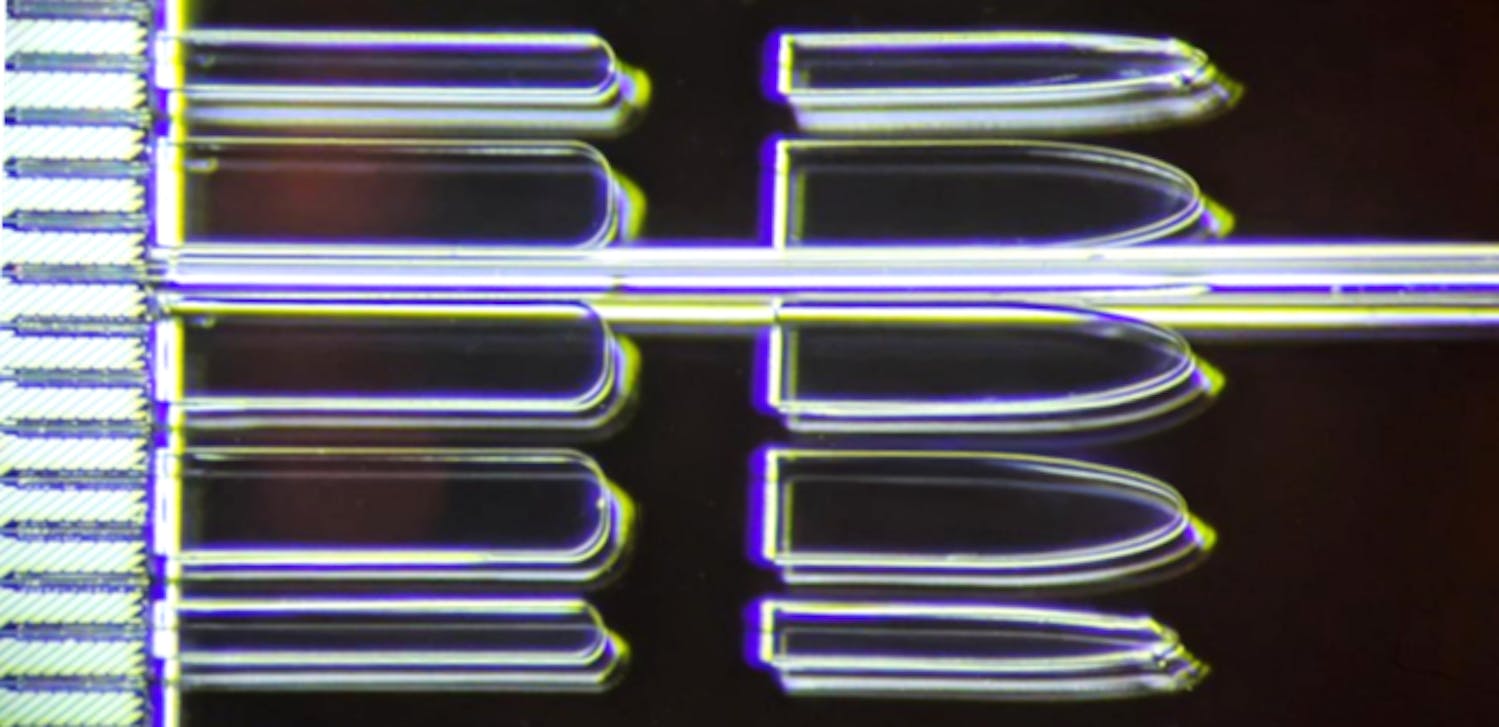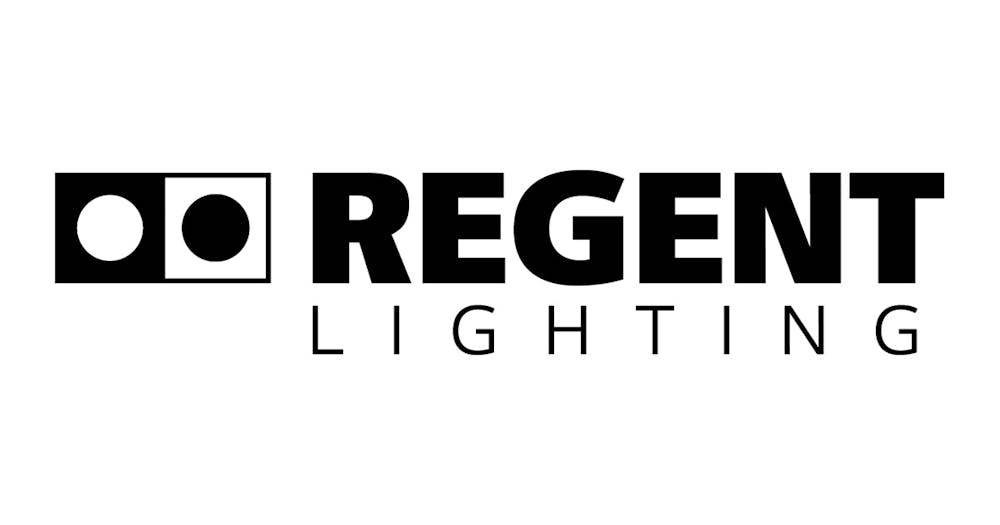Accelerate your product innovation with scalable, ISO-certified micro- and nano-optics—trusted by leaders in automotive, consumer electronics, life sciences, aerospace, communications, document security, brand protection, watchmaking, and more.
Micro and nano-optical components offer extreme precision, compactness, and novel functionalities beyond traditional optics. CSEM specializes in the development and industrialization of advanced micro- and nano-optical components and subsystems, tailored to specific applications. Our expertise is built on over 40 years of delivering cutting-edge micro- and nanofabrication solutions.









